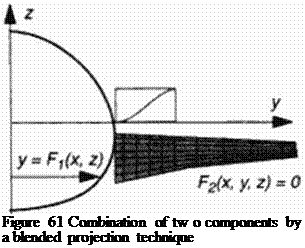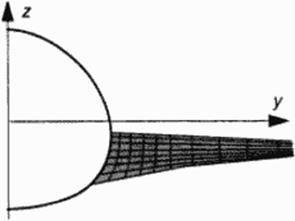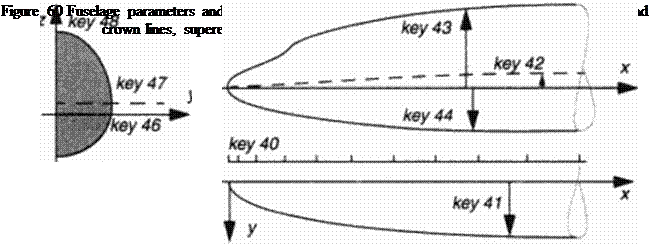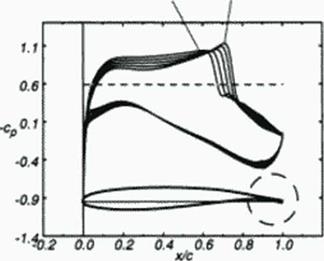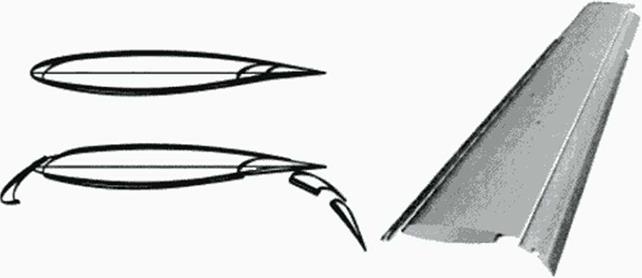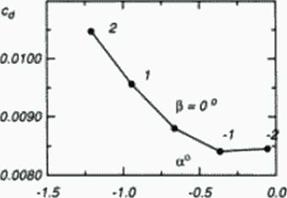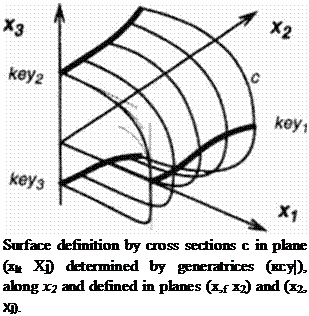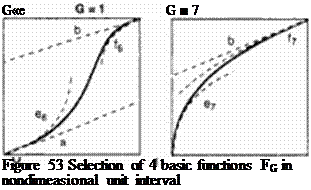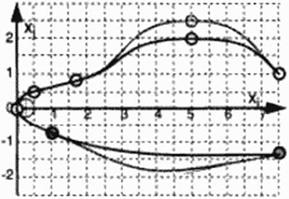Extensions to the fourth dimension
The outlined geometry generator based on this explicit mathematical function toolbox allows for creating models for nearly any aerospace-related configuration The next step is to provide a w hole series of shapes w hich result from a controlled variation of a parameter subset kcyr with the option to create infinitesimally small changes between neighboring surfaces. This requires the introduction of а Чирсграгатсісг” t, its variation w ithin a suitable interval At and a general variation function f(t). Vanated parameters result then to
key fit) * *0,(0) ♦ /(f) Akeyt (71)
with Akey defined by the chosen extreme deviation from the starting values. Obtaining a series of surfaces calls for suitable computcrgraphic animation technology (119|. There are three major applications of introducing the 4th dimension (t) to the presented geometry generator for the development of design concepts:
Numerical Optimization
The success of optimization performing variations of a set of parameters small enough to enable the designer to control and understand the evolutionary process toward improved performance. but large enough to most likely include a global optimum, depends on selecting the parameters by knowledge based criteria. Simple first applications include the calibration of surface modifications as experienced from shock-frcc transonic design 1118). (120).
Adaptive Devices
A mechanical realization of numerical optimizing processes is the use of adaptive devices controlled by flow sensors [)2l|. Experiments arc needed for the development and understanding of the dynamics of such processes, as they are already routine for adaptive wind tunnel walls. Adaptive configuration shape simulation by the geometry generator will require a senes of shapes generated by selected functions equivalent to the mechanical model for clastic or pneumatic devices.
Unsteady configurations
Finally there is time, the natural role of the superparameter t. Configurations may vary with time, especially if there is aeroclastic coupling between structure and flow. Periodically varying shapes arc generated to study the influence of moving boundary conditions on the flow. Modelling buffeting in the transonic regime is a wellknown goal, application of periodic geometries for a coupling of numerical structure analysis and CFD seems timely. Shape changes to model an adaptive helicopter rotor section with a sealed slat periodically drooped nose have been carried out and the results of unsteady Navicr Stokes analysis suggest a concept for dynamic stall control (122).











